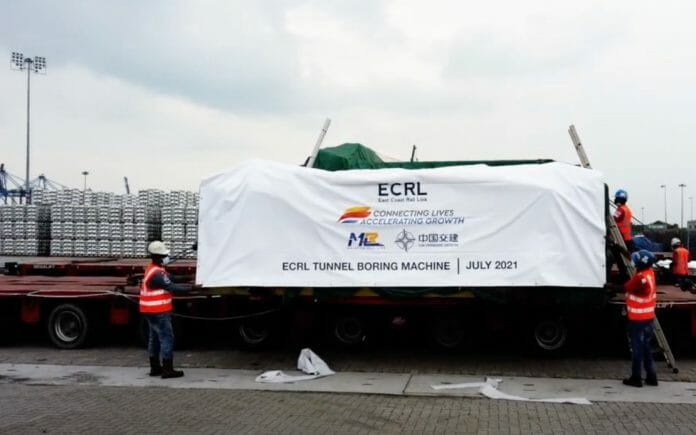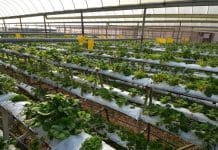Malaysia Prime Minister Ismail Sabri Yaakob tabled the 12th Malaysia Plan (12MP), a five-year economic plan
(2021-2025), on September 27 2021 which sets out key socio-economic priorities for the government over the coming years. From an infrastructural perspective, we believe that the plan will drive infrastructure investments along two key themes – connectivity and sustainability. The plan contains a number of relevant plans and targets for the country’s power and infrastructure sectors, and we highlight three key features.
Transport infrastructure development will remain a key focus of investment over the coming years, with a
focus to improve connectivity. The 12MP has highlighted efforts to boost its network of roads and railways, primarily to connect its airports, ports, industrial areas and the main city center. The government will look to provide fiscal support, and strengthen the institutional framework and regulations around the sector to encourage investments. The logistics sector has been identified as a key economic growth area for the Malaysian government over the coming years, and will hence require improved port capacity as well as roads to support the trade flow of goods. Concurrently, the government aims to improve connectivity with less-developed areas, primarily via highways and railways construction.
Several states, including Sabah, Sarawak, Kedah, Kelantan, and Terengganu will be given priority, with at least 50% of the development expenditure allocated to these regions. For example, the plan targets the construction of 2,800km of paved roads to boost connectivity in rural areas, alongside several key projects including the Kota Bharu-Kuala Highway Krai (KBKK), West Coast Highway and the Central Spine Road. Two major rail projects, the Gemas Johor Bahru Electric Double Track (GJB) and the East Coast Railway (ECRL) will also continue to receive accelerated support. This is in line with our view for growth in Malaysia’s transport infrastructure sector to outperform the wider construction market over the course of the decade, underpinned by its robust pipeline of transport projects.
In addition, the government is looking to introduce carbon taxes, although details remain relatively limited on this front at present. Earlier, the Ministry of Environment and Water has also said that they were looking to launch a domestic emissions trading scheme. We believe that in the near to medium term, the impact of carbon pricing will remain limited, as there are still many structural issues to resolve before its launch – including the scope, pricing and
trading mechanisms, liquidity etc. In addition, Malaysia’s policymakers will have to weigh this with its economic recovery considerations, including how the cost might end up being passed on to consumers. We note that Malaysia’s current policy-making environment will also pose added challenges, particularly as carbon pricing policies have often proved controversial.
Beyond the power subsector, the water subsector has also been highlighted as a key focus area for the coming
years as part of its sustainability push. The government will look to improve the management of water resources, andtargets for 98% access to clean, safe and reliable water supplies and sanitation systems by 2025. Malaysia’s existing water infrastructure remains inadequate due to its heavy dependence on government funding and a lack of
mechanisms for alternative financing sources. This is largely due to the need for substantial capital expenditure and the disproportionate price of water resources, making projects unviable.
As such, the government will now look to develop a more cohesive policy between the different government levels and agencies and introduce more support and incentives for the sector. This will largely revolve around the continued development of water treatment plants, distribution pipes,sewage pipeline network, irrigation and drainage infrastructure, particularly in rural areas.
The plan has also called for the construction of underground dams and “multi-purpose water infrastructure” which could combine water supplies, power generation, irrigation and flood mitigation within the same project, although this still remain in its feasibility stages at present. We believe that the renewed focus for water infrastructure poses some upside risk to our forecasts for the subsector, which we currently expect to register a real growth rate of 3.3% in 2021 followed by 2.6% annual average growth from 2022 to 2030, constituting approximately 33% of the value of Malaysia’s energy and utilities sector









